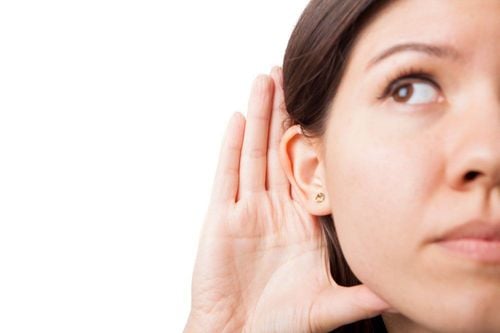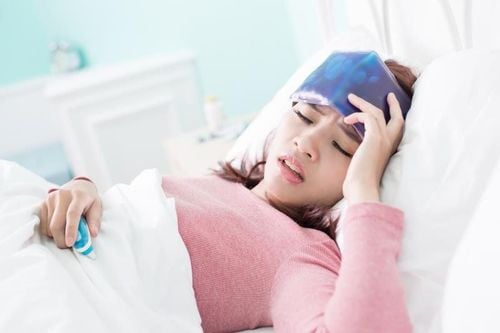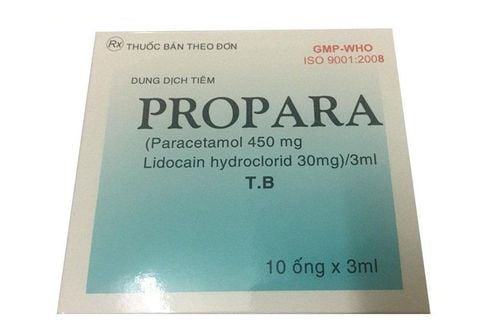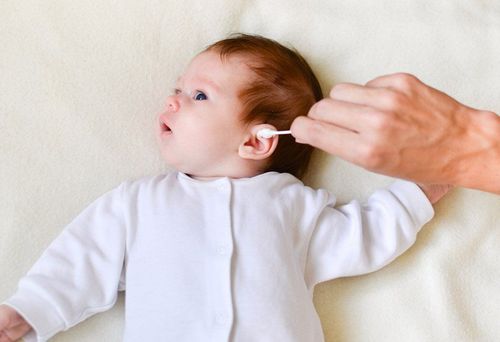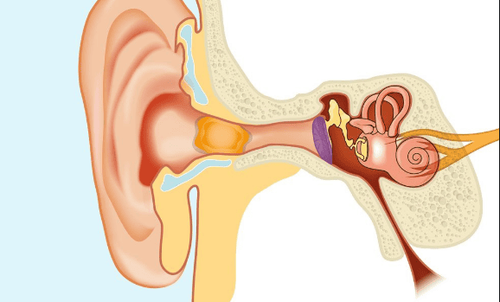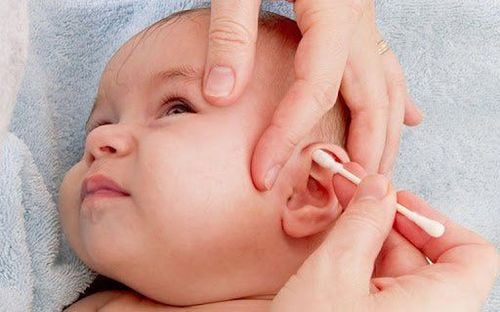This is an automatically translated article.
The article was professionally consulted with resident Doctor Duong Van Sy - Doctor of Pediatrics - Neonatology - Department of Pediatrics - Neonatology - Vinmec Hai Phong International General Hospital.Earwax is a substance that protects the ear from dust and foreign objects. But if children have more earwax than usual, it can lead to blocked ears and affect their health. So when should you get earwax for children and how to get it right?
1. Structural features of the ear
The ear is made up of three regions: the outer ear, the middle ear and the inner ear, but all ear cleaning activities are performed only in the outer ear. The outer ear consists of the auricle that conducts sound waves into the ear canal. The ear canal is about 2.5cm long and has a hard coat that prevents foreign objects from entering the ear. The end of the ear canal is the eardrum. The change in air pressure causes the sound waves of the eardrum to vibrate to hear sound.So what is earwax?
Earwax is a natural lubricant that acts as a shield to protect the inner ear from germs. Old earwax is regularly pushed out of the ear canal and out after it dries and peels off. The cells in the ear canal are very easy to be scratched and if you are not careful in cleaning the ear, it can adversely affect the ear. Toddlers or older children often have more earwax than usual that interferes with their hearing.
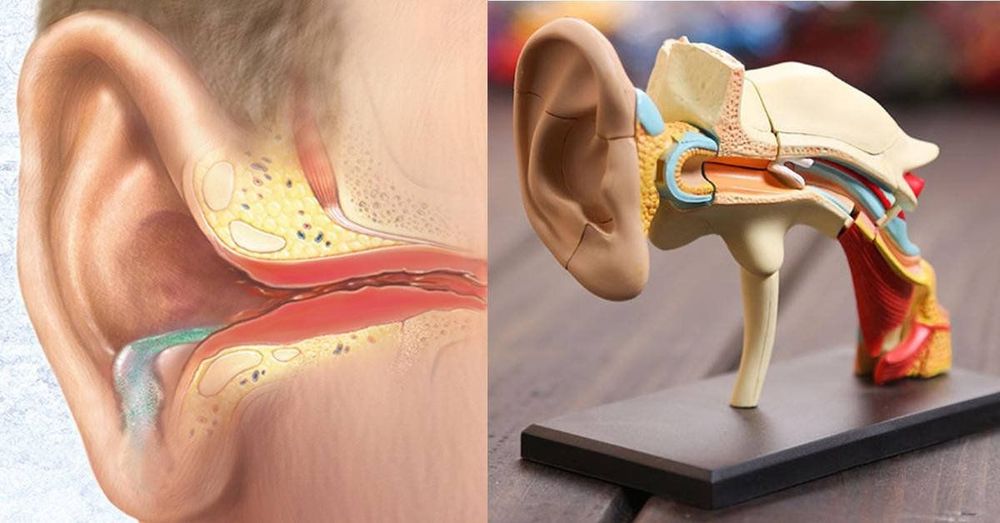
Unusual earwax can cause discomfort, hearing loss, tinnitus feeling, ear itching, discharge, and an unpleasant odor in the ear canal. Ear picking to remove excess earwax is necessary, but care must be taken to avoid causing serious ear damage. Earwax comes in three forms, wet, dry, and hard. Under normal conditions, children do not need to have their ears waxed.
2. Instructions on how to remove earwax for children
Do not use hard objects such as cotton-wrapped plastic sticks, fingers, or metal objects to remove earwax for children because these tools can cause damage to the ear and cause the earwax to be inserted deeper and seal the membrane. child's atrium.To avoid causing any damage to the child, the tools and methods to remove earwax for the child are as follows:
Use a thin, soft cotton towel to gently absorb around the child's ear. Gently twist one corner of the towel and slowly bring it inside the baby's ear. Earwax will follow the twist of the towel to come out. Because the cotton towel is soft, it will not harm the ear membrane of the child, but the earwax will still be removed. It should be noted that when the child's ear is scratched or inflamed, especially do not use earwax or any other earwax to pick the ear because it will adversely affect the child's ear.
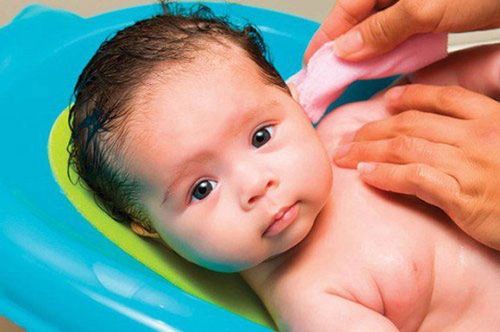
3. Daily ear cleaning for children
Children under 36 months: Use a soft cloth moistened with water and gently wipe the outer ear of the child. Children from 36 months and older: Clean the outside of the baby's ear every day. Perform ear cleaning for children at medical facilities to ensure safety when the baby has too much earwax.4. Signs you need to take your child to the doctor when there is abnormally large amount of earwax
There are some cases where children get too much earwax leading to ulceration or dermatitis of the outer ear canal. In these cases, the child often feels pain in the ear and is very painful when removing the earwax, so the child will cry loudly when removing the earwax.If the child has a lot of earwax or earwax, hardening, it is necessary to take the child to a medical facility to get earwax. After removing the wax, the child should not remove the earwax every day, but should only wash the ear once a month because if you wash it a lot, it will wash away the earwax layer that protects the eardrum.
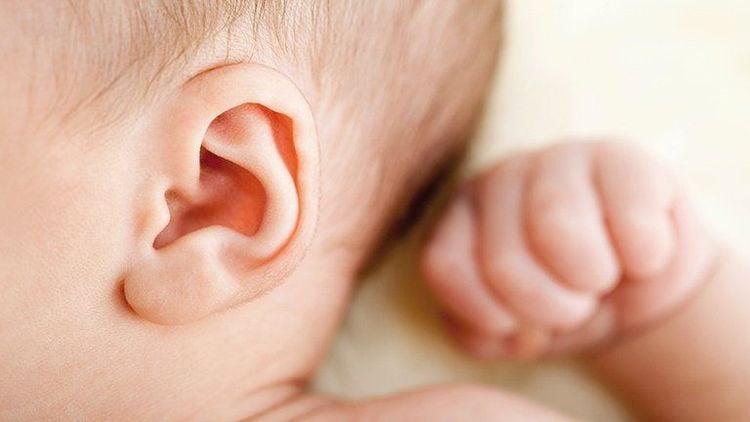
5. What to do when the child has earplugs?
In some children with narrowing of the ear canal, the excretory glands in the ear canal are disturbed or due to improper ear hygiene, leading to the excretion of more earwax than usual and they are not pushed out but lie deep. inside the earwax wall.At that time, the child needs to be taken out of the earwax plugs to avoid the accumulation of earwax causing otitis externa leading to tinnitus or poor hearing ability, making the child uncomfortable. The removal of earwax for children should be done in medical facilities to ensure that they do not cause any damage to the child's ears.
In the case of having to take earwax for children at home, parents can take earwax for children with 0.9% sodium chloride solution to drop into the ear with a dosage of 3-5 times/day, from 10 - 20 drops/time to let the earwax soften and disintegrate. Follow up for 5-7 days, if the earwax only softens but does not disintegrate, parents should take the baby to a medical facility to remove or suck it out.
6. Notes on the treatment of earwax for children
Earwax is a child's natural ear protector, acting as a cleaning agent to help lubricate the ear canal. Having earwax is completely normal, but keep your ears clean to prevent infection. Earwax becomes worrisome when it is excreted at a faster rate and more than usual, leading to discomfort, hearing loss, pain or itching in the ear. Getting earwax for children needs to be carefully prepared and should be done by medical facilities to ensure safety. There are drops to help dissolve earwax, but it needs to be prescribed by a doctor. Have the child lie on his or her side, with the affected ear facing up, and then instill the drops. Removing earwax for children with cotton swabs will cause damage to the eardrum.
Please dial HOTLINE for more information or register for an appointment HERE. Download MyVinmec app to make appointments faster and to manage your bookings easily.





